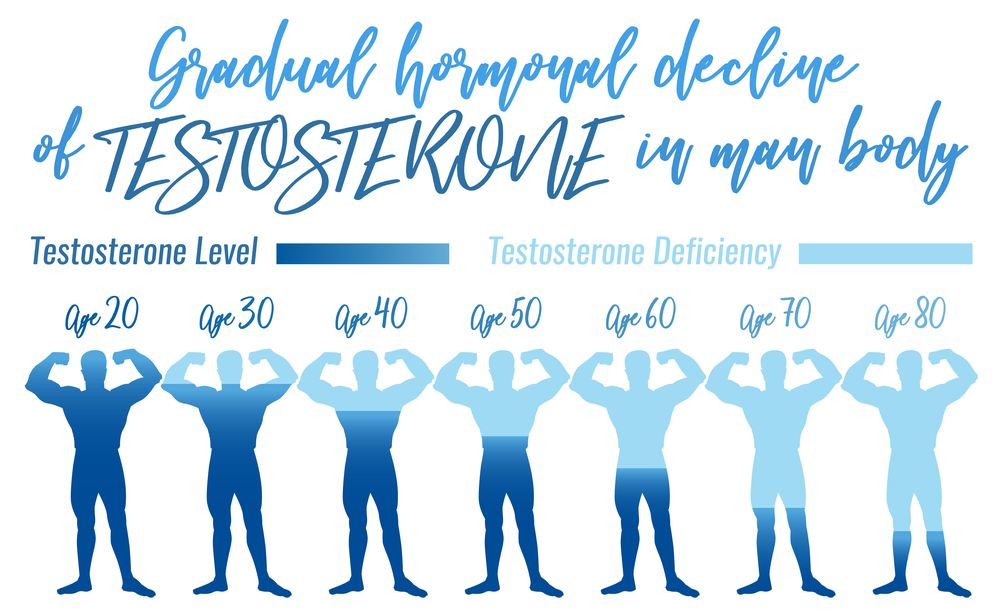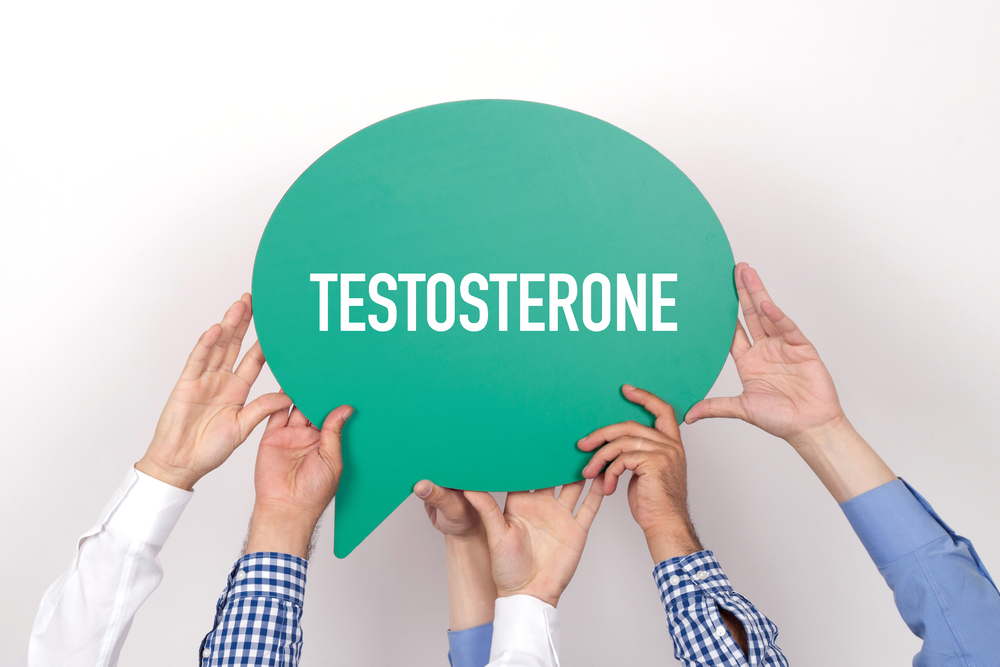Testosterone is an important hormone for both males and females. However, it is known to have a greater impact on the male’s body as compared to the female’s body, where estrogen and progesterone play a more important role. Throughout life, the testosterone levels rise and decline, which, in most cases, goes normally without any factors that are secretly contributing to these hormonal changes, other than the normal aging process.
In the following article, we will present what is considered to be normal and abnormal when it comes to testosterone levels throughout different periods of life. That way, you will be able to recognize a problem that could be hiding in plain sight.
What is testosterone?
Testosterone is a hormone that belongs to a group of hormones called androgens. Testosterone is the main reproductive hormone in males, which is produced in the testicles. Despite popular belief, women carry small amounts of this hormone as well, which is being produced in their ovaries.
Testosterone is a powerful hormone that has numerous responsibilities in the human body. This hormone promotes fast muscle mass build-up, controls the libido, regulates the sperm production and the sperm quality, motility, and count, increases energy, and even has an impact on mood. The levels of testosterone normally change throughout the day, with them being at their peak in the mornings, and normally start to decline as the day progresses. But the testosterone levels also change throughout life.
What is considered to be normal when it comes to testosterone levels?
Similar to how the estrogen and progesterone levels among women start to decline with the normal aging process, until their production is stopped during the period of menopause, the testosterone levels among men decline as well. Other factors such as stress, thyroid function, depression, unhealthy diet, irregular physical activity, etc. can cause this decline to happen a lot sooner.
When it comes to testosterone levels, there are determined values that make it possible to make a difference between normal, low, and high levels at different periods of life. For example, during the period of puberty, young men are expected to have 240 to 950 ng/dL. Testosterone levels are at their peak between the age of 18 and 19, after which they start to normally decline.

Testosterone levels during puberty
As we mentioned earlier, during the period of puberty, the male experiences high testosterone levels due to which the normal body changes happen. This is why, during puberty, the male body is changing by growing facial and body hair, intensive change in body height, voice changes, enlargement of the scrotum, testes, and the penis, broadening of the shoulders, mood changes and much more. These changes happen at a fast rate until the testosterone levels reach their peak. After that, the testosterone levels are stabilized, until they start to decline as a sign of the normal aging process.
Testosterone levels during adulthood
After adolescence, somewhere after the age of 19, the testosterone levels start to decline. The changes in the reduced testosterone levels are not so much visible until the male reaches the age of 40. This is where the symptoms of a decline in testosterone levels are more visible and cannot be ignored. These symptoms can develop a lot earlier if other factors, that we talked about earlier, influence the individual.
The issue of low testosterone levels
Low testosterone levels, caused by either the normal aging process or various factors, are known to lead to quite serious health issues. In many cases, hypogonadism is the reason for an early decline in testosterone levels. But despite what the reason is, the problem is linked to the health issues that affect every aspect of the individual’s life.

For starters, the individual with low testosterone is struggling with low energy levels, low sexual stamina, low sexual desire, mood changes, depression, anxiety, relationship issues, slower metabolic rate, infertility, weight gain, and much more. All of these symptoms can seriously damage the quality of life. This makes the decline in testosterone production a problem that requires immediate attention.
The issue of high testosterone levels
High testosterone levels are also referred to as hypergonadism. Hypergonadism occurs when the total testosterone levels are higher than 950 ng/dL and the free testosterone levels are higher than 30 ng/dL. High testosterone levels can occur as a side-effect of using steroids, testosterone supplements, and as a symptom of adrenal and testicular tumors. Hypergonadism is linked to infertility, low sperm count and quality, acne, high blood pressure, high libido, aggression, and early puberty in young males.
Conclusion
As we have learned, the human body is unable to function properly without testosterone. This hormone plays a significant role in maintaining the health of both men and women in good condition. At some point in men’s lives, this hormone plays a more significant role, as it is the case with the puberty period. This is when the testosterone levels are highest. And as the male is growing older, these levels normally drop, to which certain changes develop as a result.
We hope that with the help of today’s article, you are now able to make the difference between normal and abnormal testosterone levels at different points in your life so that you can ask for help as soon as you discover the presence of any unusual signs and symptoms.







